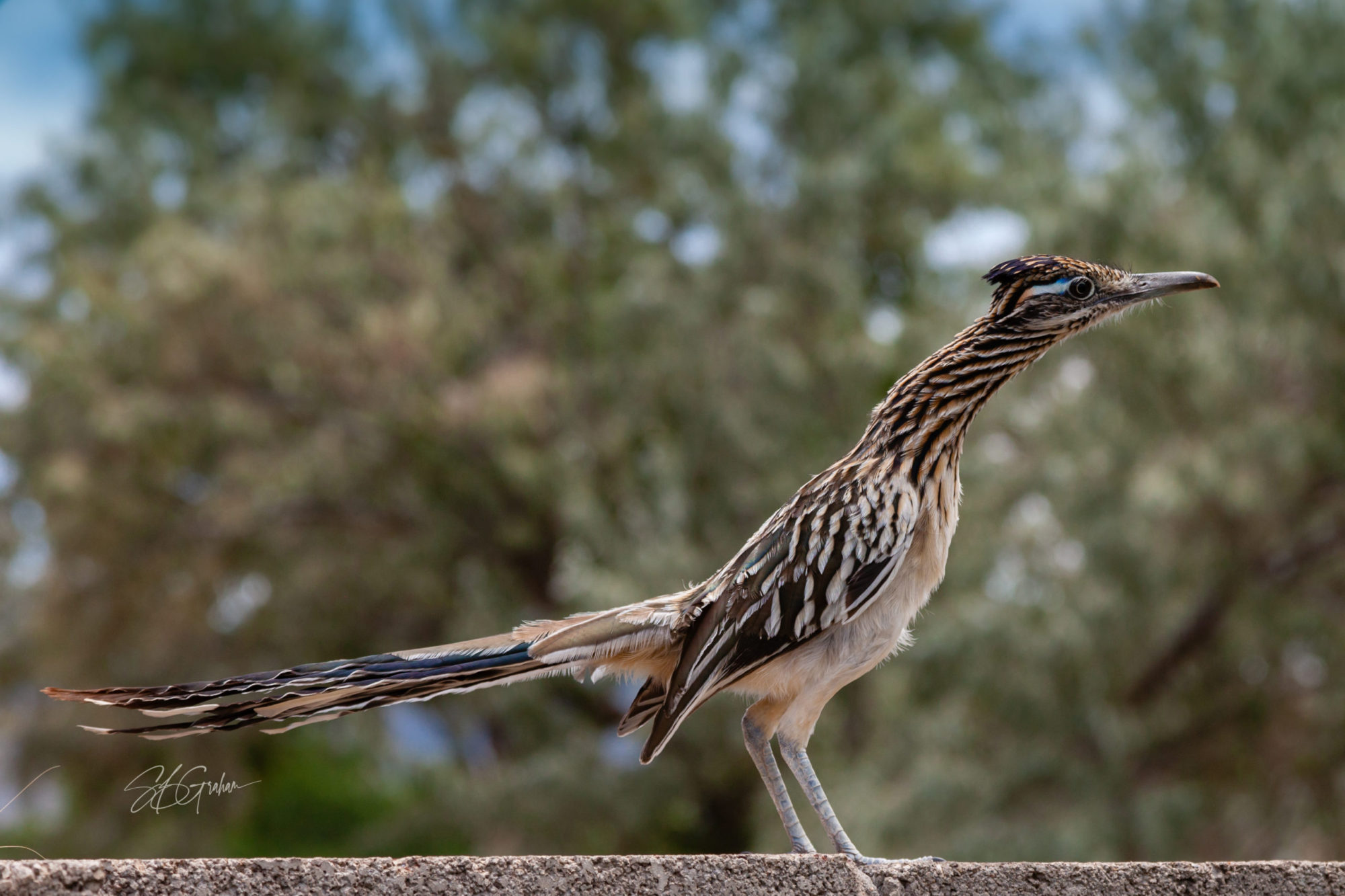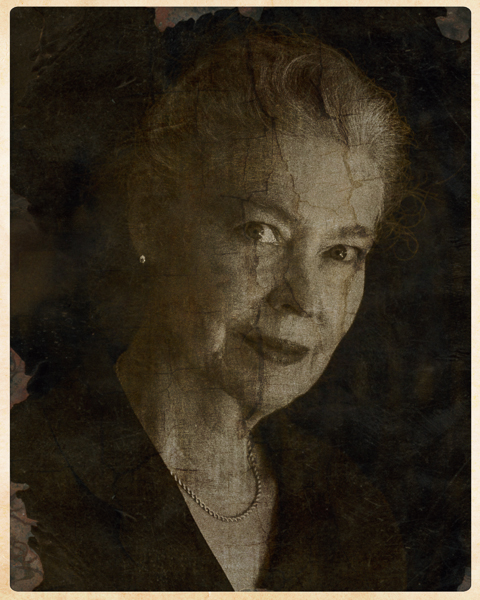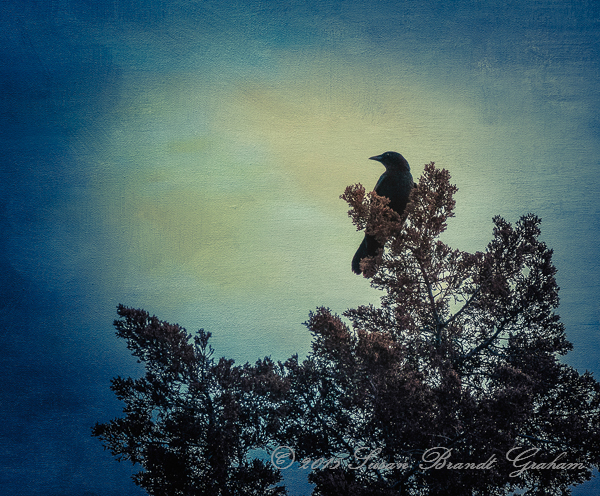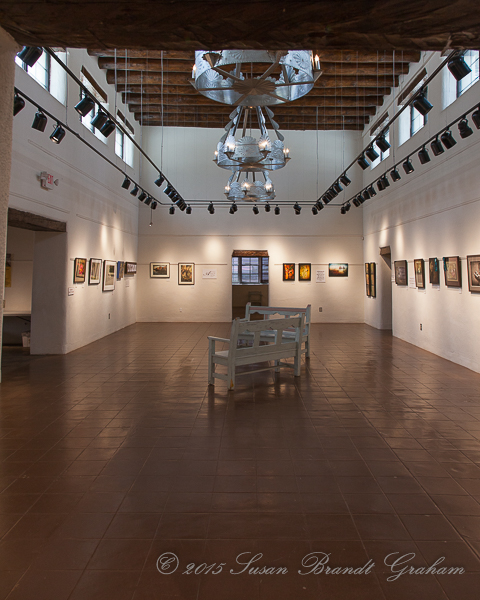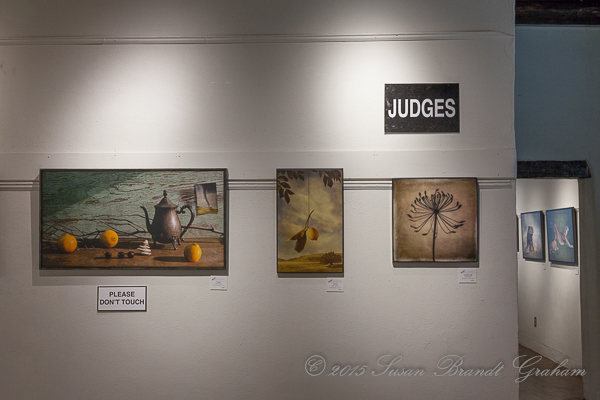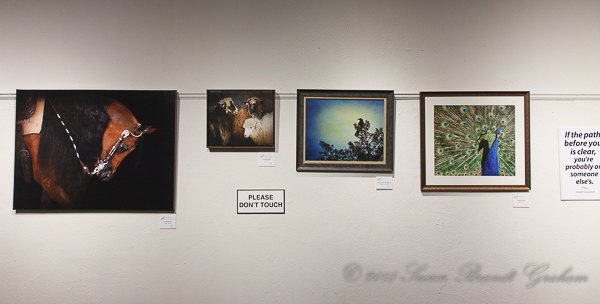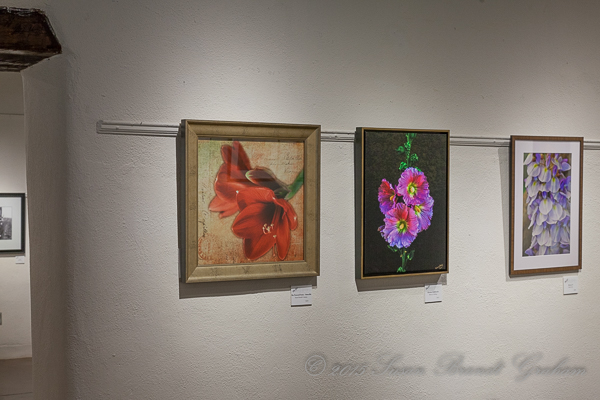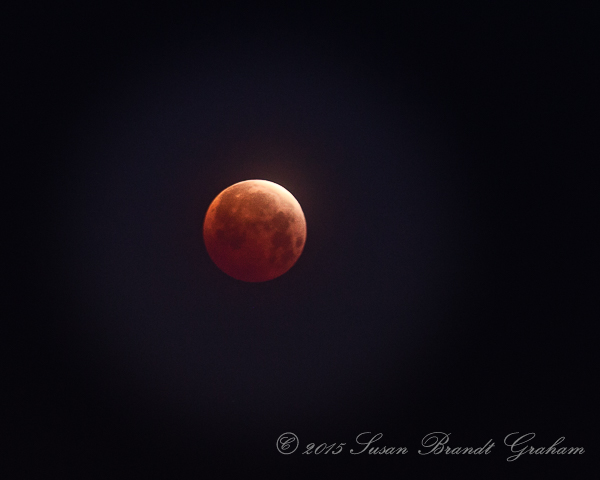Seeing Color
Seeing color: pretty simple for a color sighted person. It is so natural, it is easily taken for granted without much thought. That has been true for me until recently, in spite of the fact that color is so important to me in all aspects of my life and in spite of the fact I have lived with and been around colorblind people my entire life.
I began to give seeing color much more thought when I saw a beautiful video showing some colorblind people seeing color for the first time using EnChroma glasses, specifically designed to help colorblind people see color.
Seeing the video made me recall so many things about my father and son to which I had not given much thought in years. After seeing it, I wrote elsewhere:
This beautiful video allowed me for the first time to perhaps glimpse the world as my colorblind father saw it and my colorblind son sees it. My father has passed on, but he would have loved the chance to try these glasses. On vacations he always had trouble with traffic lights, until the positions became more standardized. The video gave me such a vivid example of why. My mother grew beautiful flowers, and he always tried to appreciate them, but the passion just wasn’t there. Once again, the video allowed me to understand why.
I knew from high school genetics that any son of mine would have a 50% chance of being colorblind, so when he was, it came as no surprise. I don’t even remember how old he was when we all realized it, but I’m sure it was when he was quite young. When he was a child, he always wanted black balloons. After seeing the video where the balloons were washed-out shades of blue and yellow to a colorblind person, I can really understand why. Black would stand out among those colors.
When my father was alive, the two of them together were a hoot, and they saw the world pretty much the same way. I’ll never forget listening to them the first time they watched a football game together and they were talking about “the blue team and the yellow team.” Even though I knew perfectly well they were colorblind, I thought they were putting me on! I came to realize that was not a joke, and how really differently they saw the world. The video, showing how the balloons would appear to a colorblind person, helped me “see” for the first time what the two of them were seeing: yellow and blue!
Being colorblind in the same way was, I believe, an additional strength to the grandfather-grandson relationship. Each had someone who understood without explanation what the other saw. In reading through some of the stories here, I appreciate even more how fortunate both of them were in that respect.
In spite of that mutual support, I cannot count the number of times my son has said, “I wish I could see the world the way other people see it, even if just once and just for one minute.” I never dreamed that could perhaps be possible for him.
I cried when I first saw this video, and I must have watched it at least 20 times. When my mother watched it, her first response was, “I wish these had existed when your father was alive.” Her second response was, “My grandson has to have a pair of these to try.” We will not know, of course, until he tries them how he really will see the world through them. But we all have hope that he will be able to see color like the people in the video (and other videos), and not “just once, even for just a minute,” but maybe for a very long time.
Regardless of the outcome with that, I appreciate the video for allowing me to begin to understand just how my father saw and my son sees the world.
I began to try to learn a lot more about colorblindness. I knew there were many kinds and degrees of colorblindness, and that red-green was the most common, but I had not known there were different types of red-green colorblindness. One type is helped more readily by the new glasses, one type not helped so much. I became really aware of that when I saw another video with a colorblind boy with the latter type trying to sort crayons without and then with his EnChroma glasses:
After I learned the type my son has and my father had, I re-read the EnChroma site:
Significant Color-Name Confusion
Green, brown, yellow, orange, and red may appear confusingly similar. This makes “naming” the color difficult. (I remember as a little kid trying to “teach” my father his colors. He was pretty patient with that.)
Difficulty with Traffic Signals
Green lights may appear to be white. Yellow and red lights may appear indistinguishable, especially at night.
Distorted Color Perception
For people with normal color vision, there is universal agreement on what certain “unique colors” look like. However due to the significant spectral shift of the L-cone, strong protans may perceive these colors to have different spectral locations, for example, something as ordinary as peanut butter, which should look brown, appears to be green for someone with color blindness!
From the always wonderfully scientifically accurate source, Wikipedia 😉
Protans have difficulties to distinguish between blue and green colors and also between red and green colors. It is a form of dichromatism in which the subject can only perceive light wavelengths from 400 to 650 nm, instead of the usual 700 nm. Pure reds cannot be seen, instead appearing black; purple colors cannot be distinguished from blues; more orange-tinted reds may appear as very dim yellows, and all orange-yellow-green shades of too long a wavelength to stimulate the blue receptors appear as a similar yellow hue. It is hereditary, sex-linked, and present in 1% of males.
I became more and more interested in trying to imagine what the world must have looked like to my father and now to my son. I believe the Enchroma video shows a milder form of red-green colorblindness. It definitely helped me see some things and begin to think about the issue, but I wanted to see if there was any way I could “see” what my son saw. There are sites on the internet that allow one to upload images and then see how they would look to colorblind people. Some are of the type father had and my son has, but I believe not as severe. I tried to think how I could “imagine” such a different way of seeing. And, then it occurred to me. Light is perceived in the red, green, blue wavelengths and their combinations. The cones in normal colorsighted people are red, green, and blue. For severe protans, red is severely deficient, so much so that pure red is often perceived as black.
Putting all that I recently have read about colorblindness together, and thinking about how photoediting software makes use of the RGB (red, green, blue) nature of visible light, I experimented with some images. I cannot say that anyone but me sees these colors this way. I also, even for myself, cannot be certain of saturation, because I do not know how that varies even among color sighted people, to say nothing of colorblind people. But I do know that by manipulating the relevant color channels, I produced images that replicate the descriptions given (see above). For some of the images I also attempted to produce images that might be how the glasses alter the vision of a severe protans. This I am even much less certain about, but I took into account what my son has told me so far: he sees some things as pink where he never saw them as pink before, and the glasses make yellows much less vivid for him.
Example 1 – The Orange Floribunda Rose, ‘Marmalade Skies’
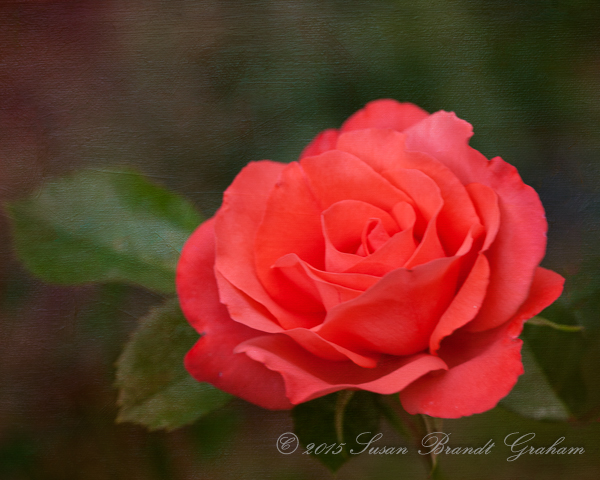
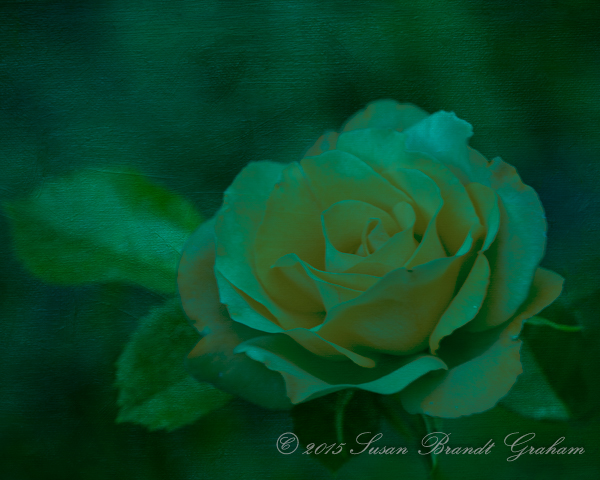
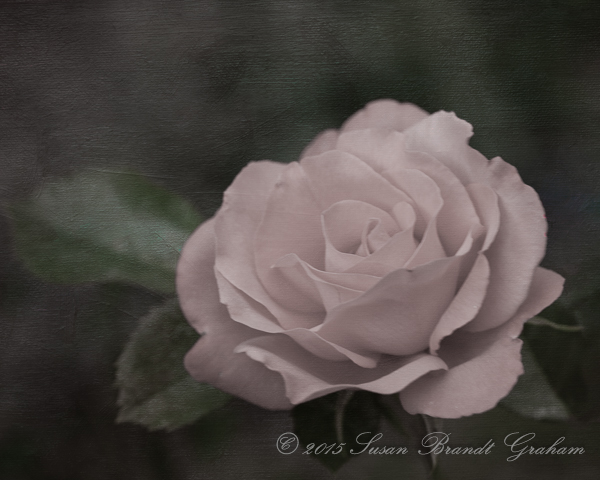
Example 2 – The Miniature Rose, ‘Marriotta’
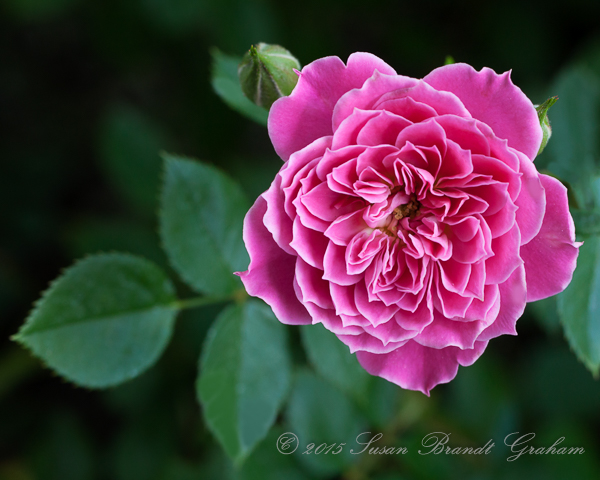
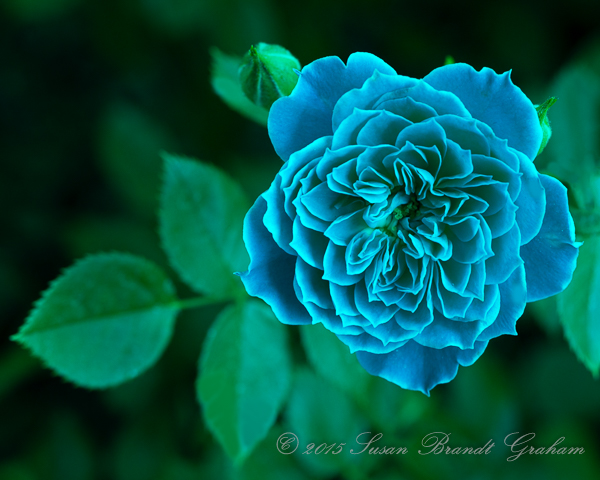
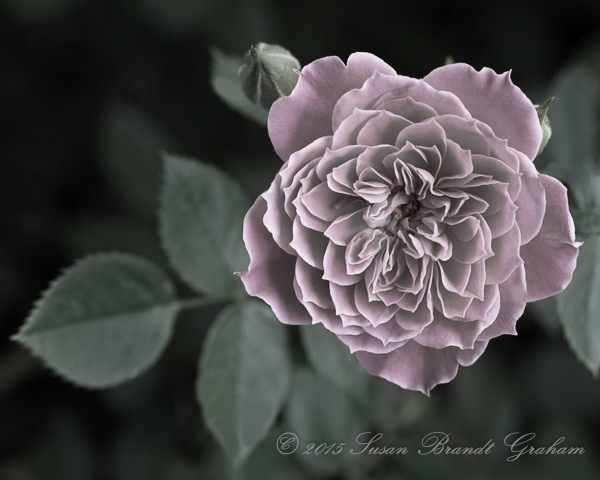
Example 3 – The Large Flowered Climber, ‘Fourth of July’
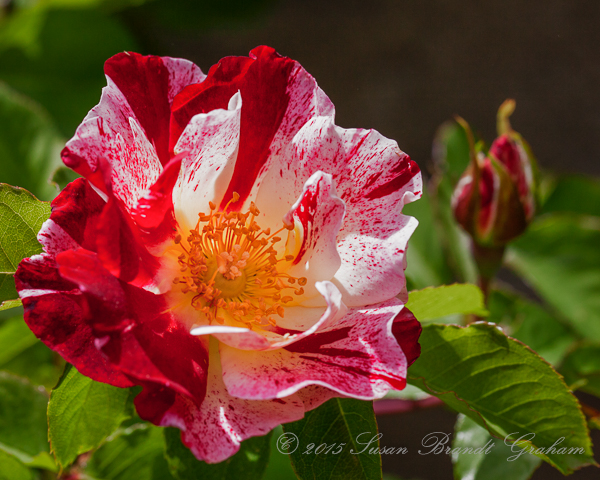
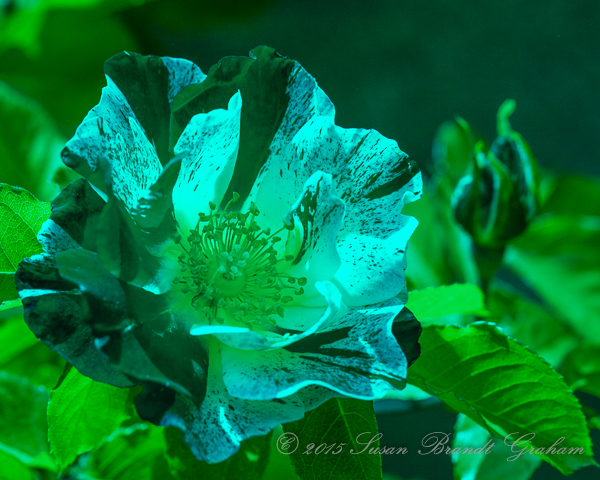
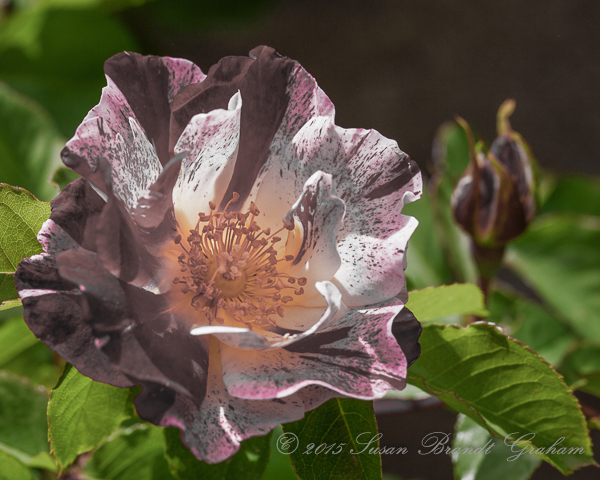
I have done many more in this series with flowers, but they offer nothing new from the ones posted here. So, I’ll save them for a bit.
But, in reading in a forum, I became aware that to many red-green colorblind people, skin has a greenish cast. That made me want to try to picture what I might look like to my son.
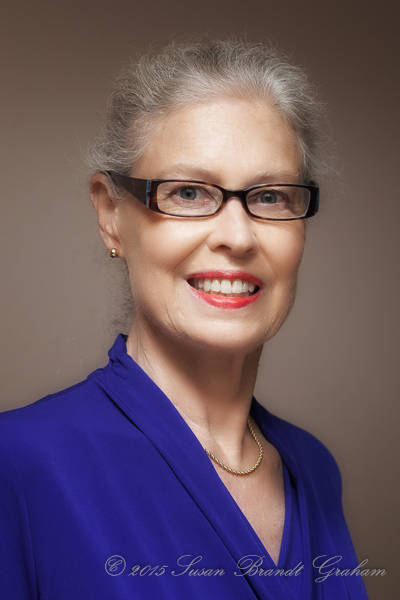
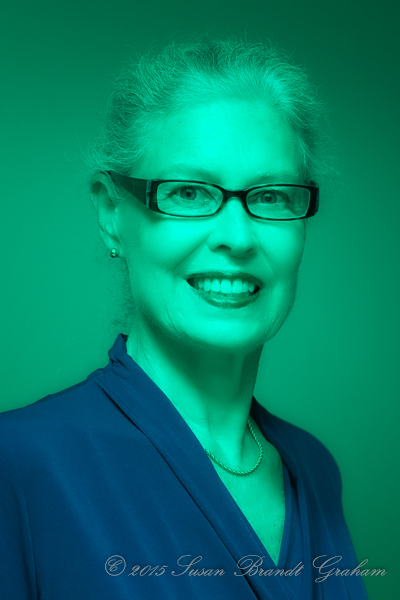
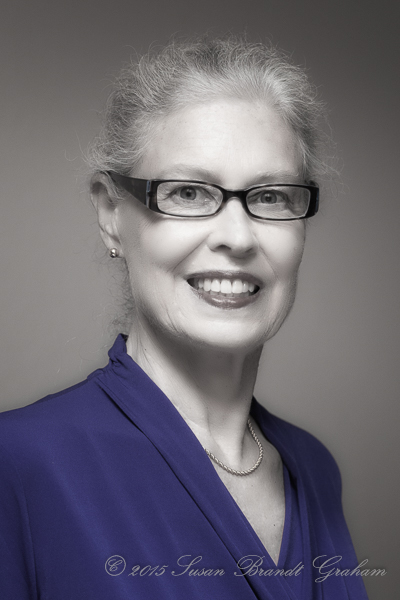
Added April 28, 2015:
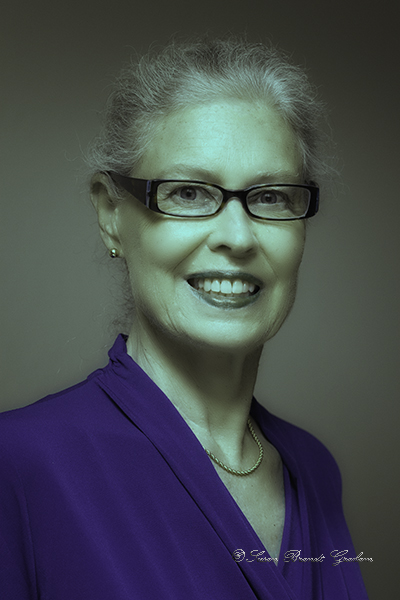
My son has described his experience with the EnChroma glasses to date with the one word, “Interesting…” That is the one word I can think of at the moment to describe my response to this little exercise in trying to understand how my father did and my son does see the world. I do not know how accurately these images reproduce their world. I definitely believe there is some degree of similarity to their worlds of color.
[eta: my son confirms that the first two images in each set of three “look exactly the same to me…The third picture in each group looks different.”]
One thing this exercise has definitely taught me is to appreciate my seeing color, and not take it for granted. I will appreciate even more every attempt my son makes to say something about my flowers when he visits. And, I will continue to hope advances in color vision will continue to be made. People don’t die from not seeing color, but color contributes so much joy to life.
